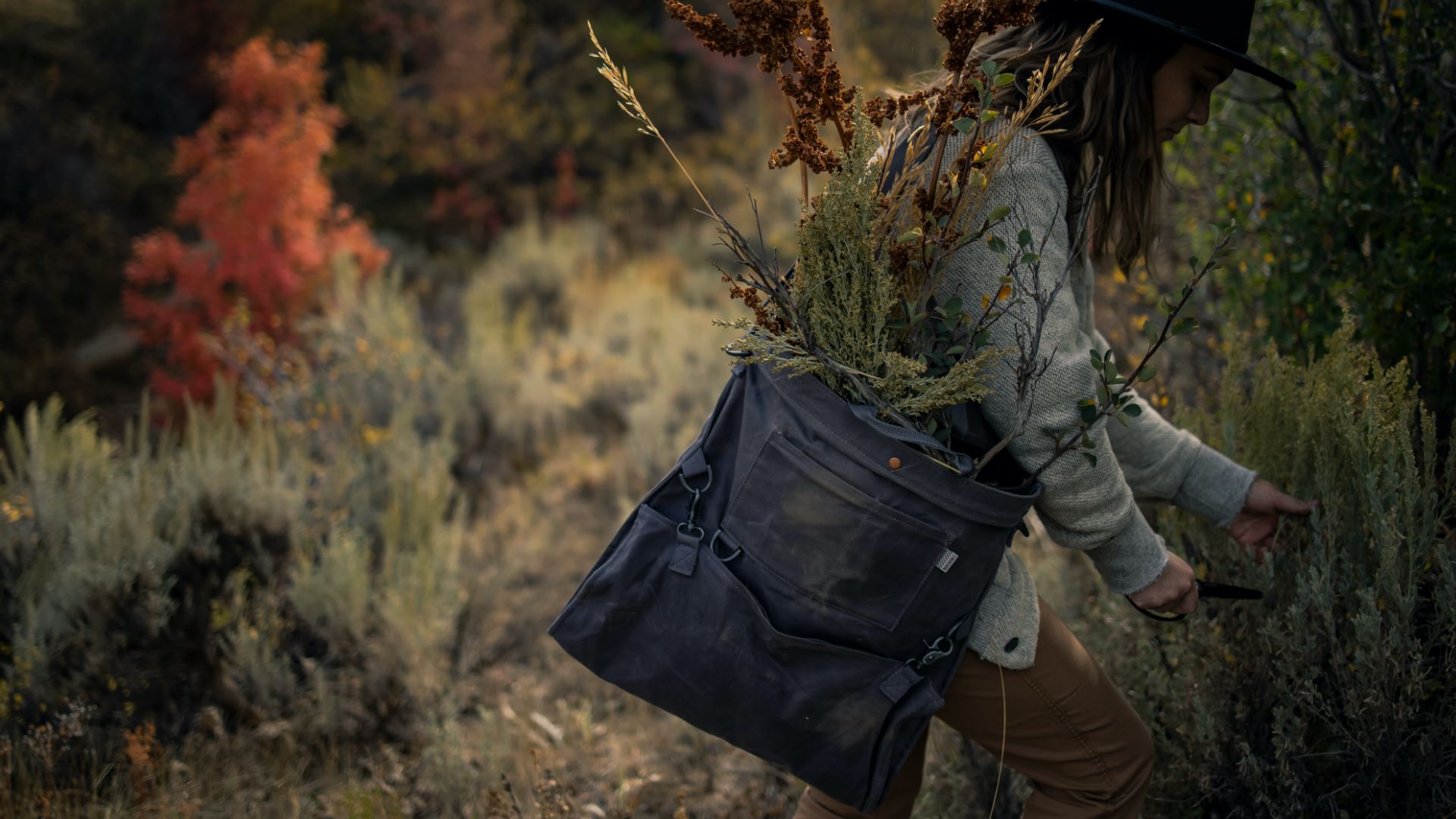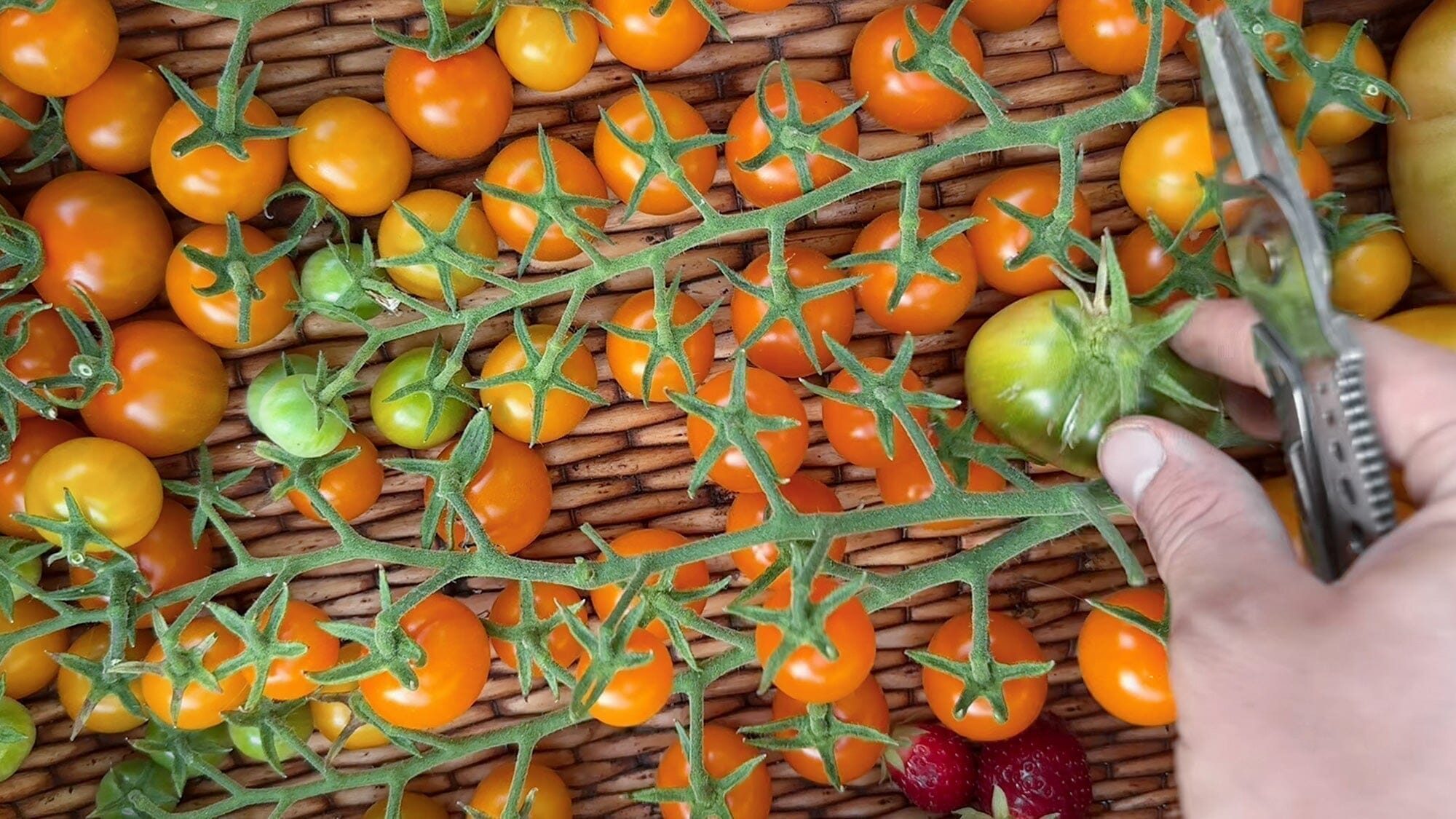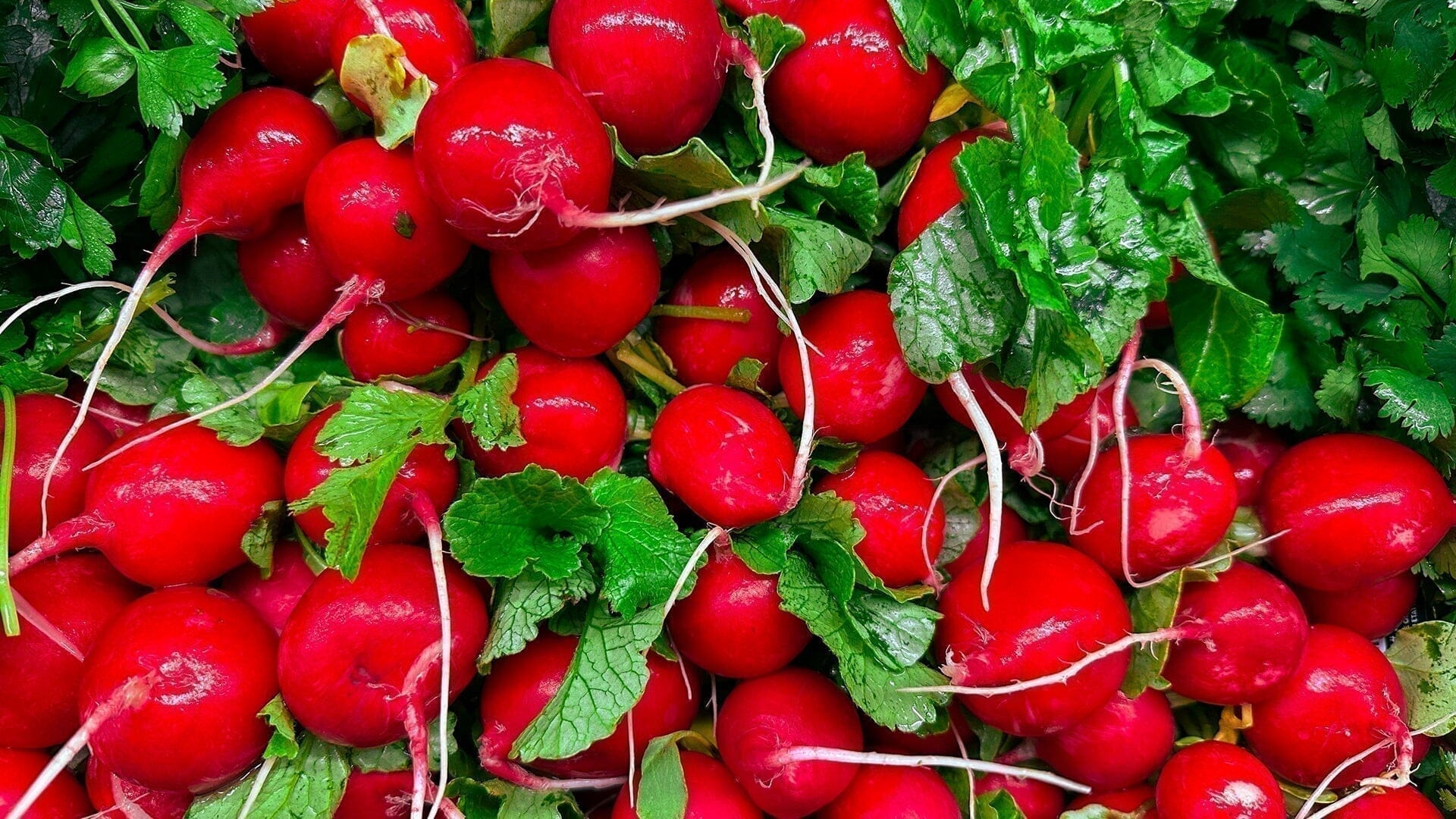What Is Foraging?
Foraging is any acquisition of food by hunting, fishing, or gathering of plant material. Hunters and gatherers foraged for food for thousands of years, moving by foot to find where food was most plentiful. Now, our relationship to foraging is closely tied to vegetation: searching for wild herbs, plants, or mushrooms that grow in local communities and wilderness areas.
Foraging Benefits
There are many positives to foraging, ranging from the mental benefits associated with connecting to nature to the physical benefits of eating wild food packed with nutrients.
Foraging is an excuse to go outside without a goal beyond exploring the ecosystem in front of you. With a guidebook in hand, you may spend the day looking for a particular type of mushroom within a quarter-mile radius. This type of methodic nature immersion is both stimulating and calming for the mind and body.
Foraging allows us to learn more about how food grows naturally. It introduces plants that will never be available via mass production. While shopping at a grocery store or Farmers Market has its conveniences, it’s empowering to walk through a local forest, identify edible flora and fauna, and take it home to cook for friends and family.
Eating foraged plants also comes with health benefits. Many wild-harvested plants are naturally organic (no fertilizers or pesticides) and come packed with nutrients and antioxidants (think elderberries!). Eating an assortment of vegetables, herbs, and fruits allows our bodies optimal access to essential nutrients and minerals. Foraging is also a form of physical exercise akin to a nature walk. Foraging keeps us healthy!
Is Foraging Bad For The Environment?
It's a simple question with a complicated answer. If every person stepped out their front door with the intent to forage, we would soon run into the issue of limited resources and damaging delicate ecosystems. The same foods we enjoy are part of an interdependent system that shelters and feeds many animals, birds, and bugs. Treat foraging with the utmost respect.
A Note On Ethical Foraging
Keep in mind that some plants are considered sacred or used ceremonially by indigenous people. Identity local native plants that fit into this category and refrain from foraging them. Consider learning about plants that are sacred to your ancestors. Learn to identify where they grow and how to use them in your own life.
Sustainable Foraging Tips
Foraging is a beautiful way to deepen our connection with nature and our local environment. Please remember to follow these rules to ensure an ethical and sustainable foraging practice.
- Never ever consume a plant that is not 100% properly identified.
- Ask for help. A local guide is your absolute best bet to learn which plants have seasonal abundance, what areas allow off-trail navigating, poisonous plants to avoid, and much, much more. Buy the guide books, take notes, but most of all, trust the experts. This added knowledge will ensure that you do the least amount of harm to your local ecosystems, allowing them to flourish for years to come.
- Do as little damage as possible to the plant and the surrounding environment. Be conscious of your step. Choose to go off-trail intentionally and stay on-trail when you can. Avoid wild animals; don’t give them a reason to fear you.
- Leave enough for the plant or plant population to recover. A good rule of thumb is to take 20% or less of what is available and not to over forage from one location.
- Not all land is public land. Always ask permission from a landowner before foraging on private land. (Or steer clear of it entirely and opt for national forests, state parks, or your backyard)
- Never intentionally remove plants, rocks, fossils, etc., from National Parks or Wilderness Areas. (It’s illegal!)
- Check local limits. Not every plant has a limit to forage, but certain ones do. Mushrooms like morels and chanterelles may have a seasonal limit in certain areas. Respect local law to protect the plant and to allow others to reap the same benefit.
- Consider foraging for invasive plants over native species.
- Bringing home all the food you can find is not the same as bringing home all the food you can use. Never take more than you need.
Foraging Tools
Foraging is made easier with the right tools. When cutting a mushroom, you’ll want a sharp knife to leave the spores intact. When collecting Nettle you’ll need hand protection and shears. Regardless of what you're foraging, when you’re done collecting, you’ll also need a bag to store your goods in until they make it safely home.
The Foraging Bag
The Harvest & Gathering Bag








